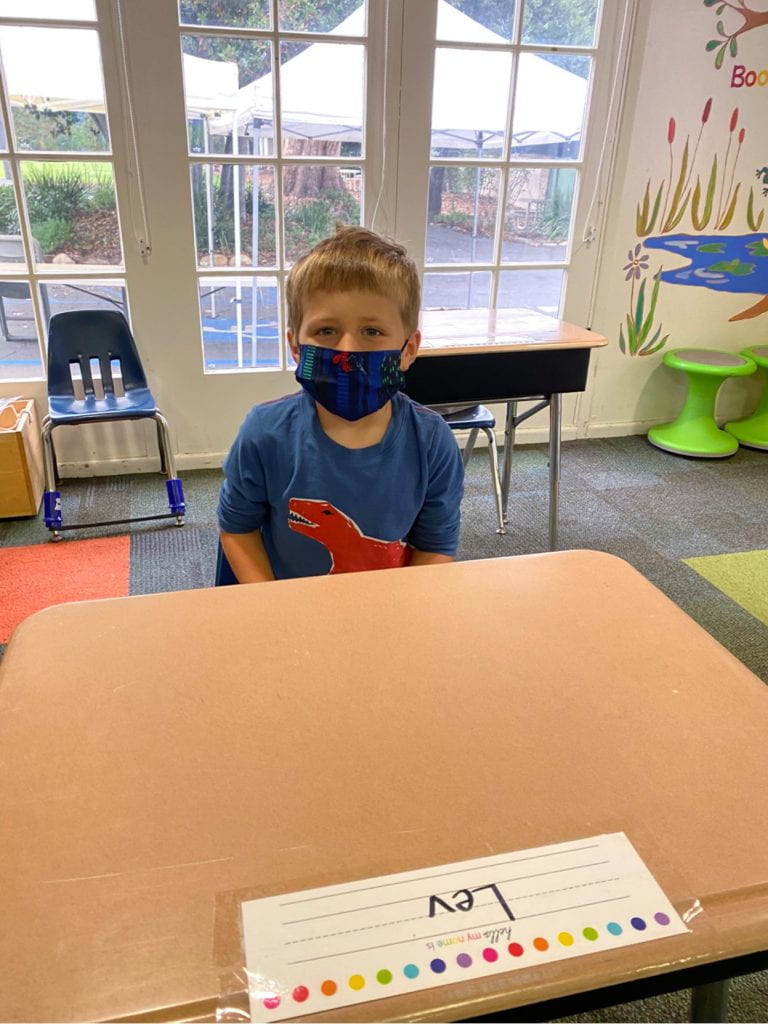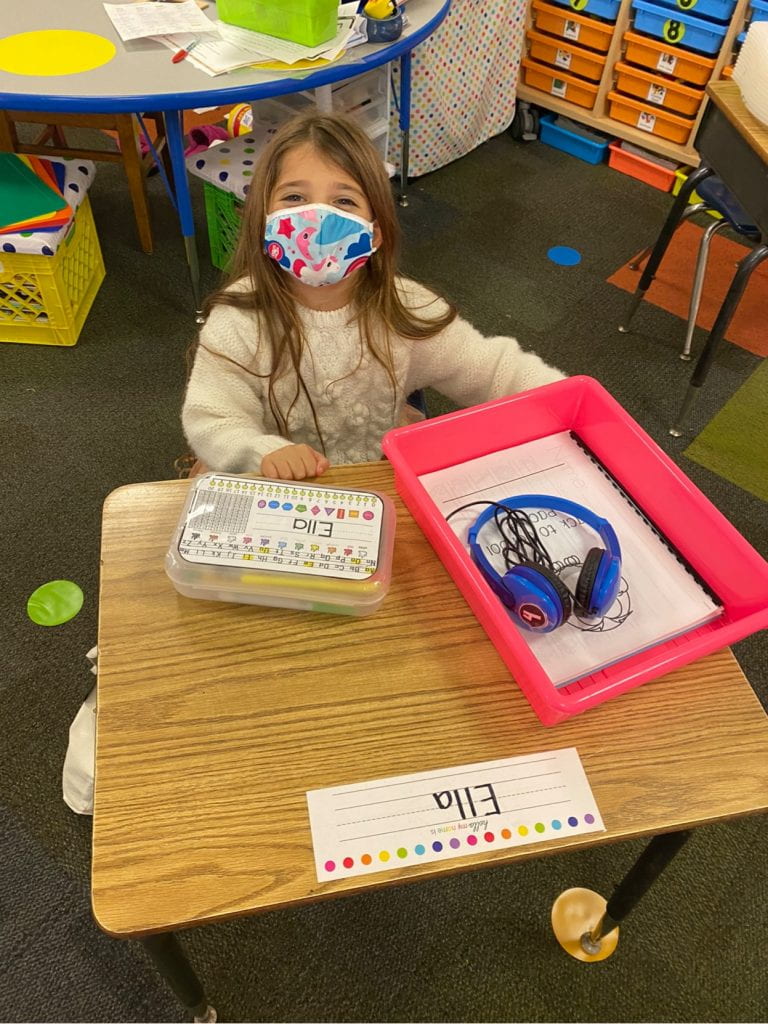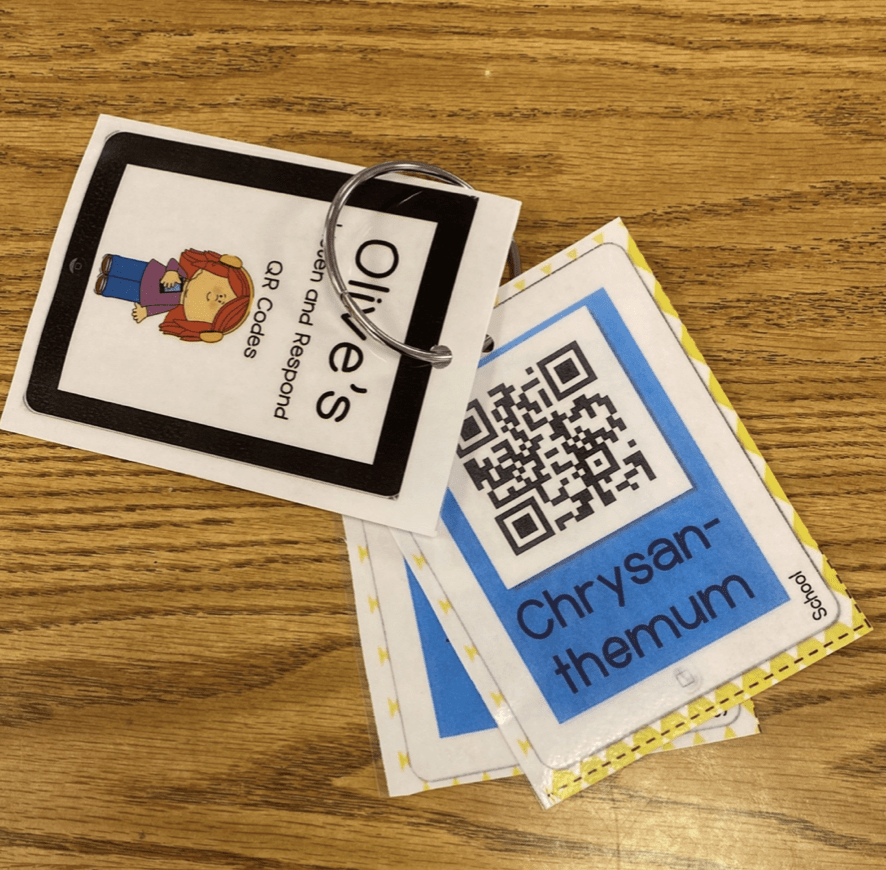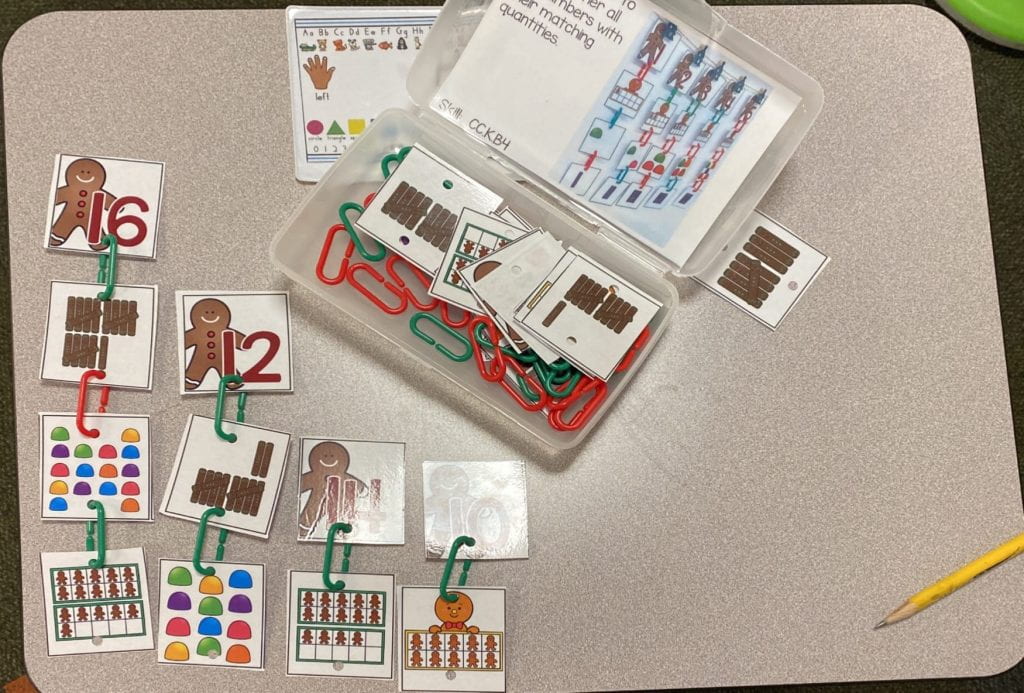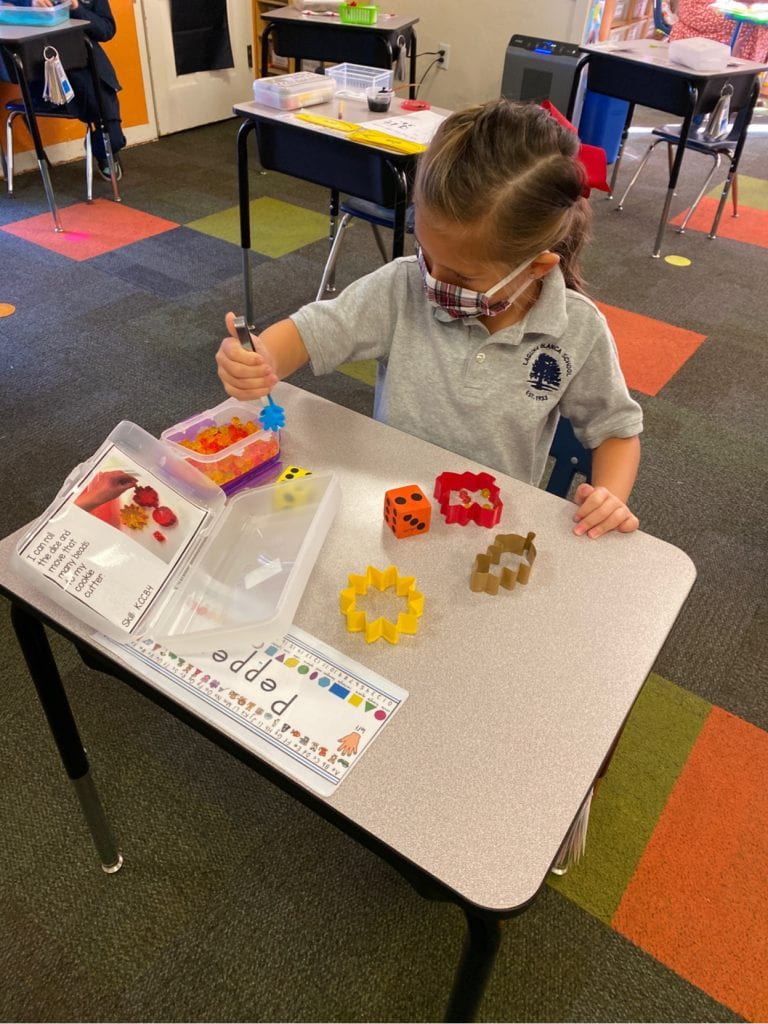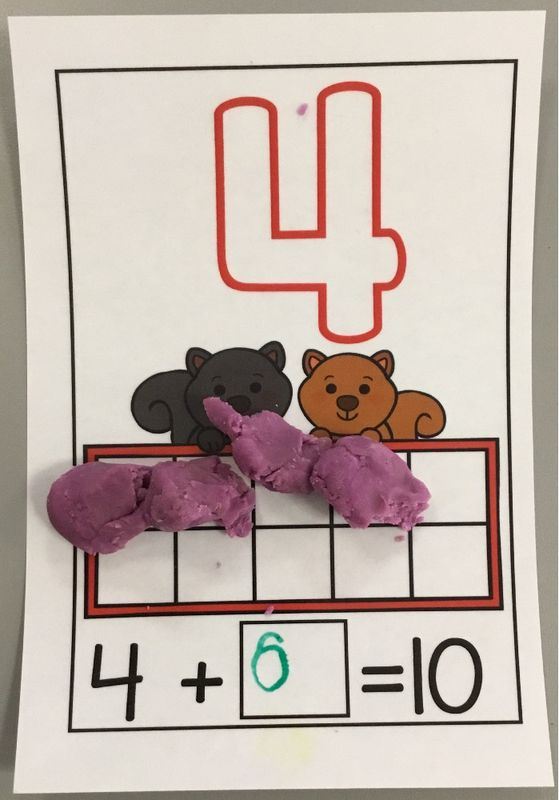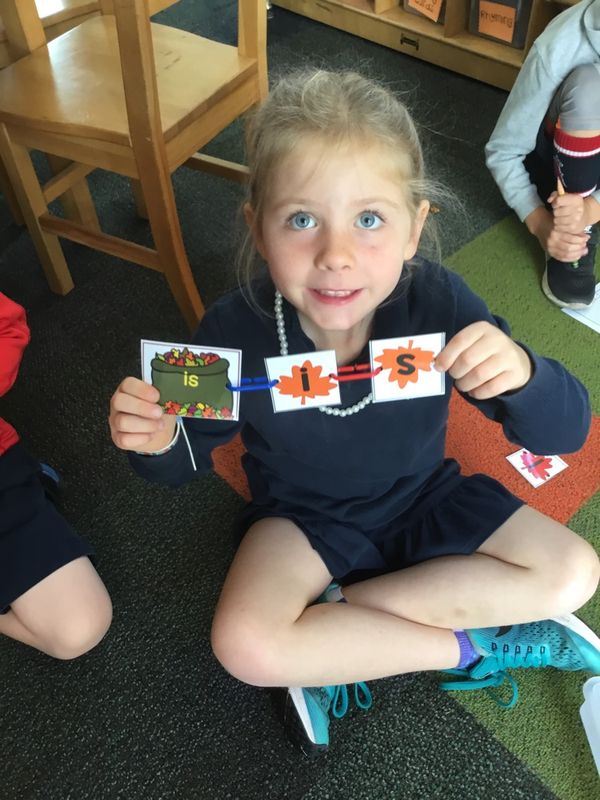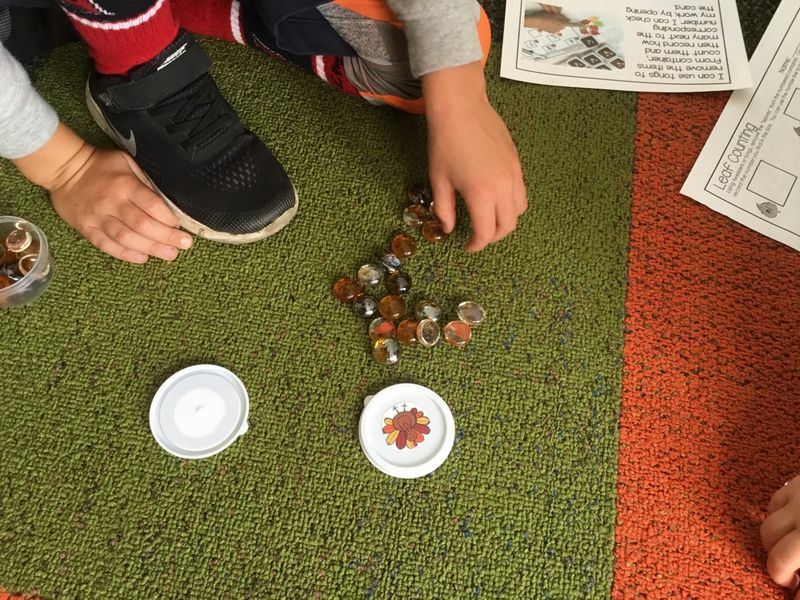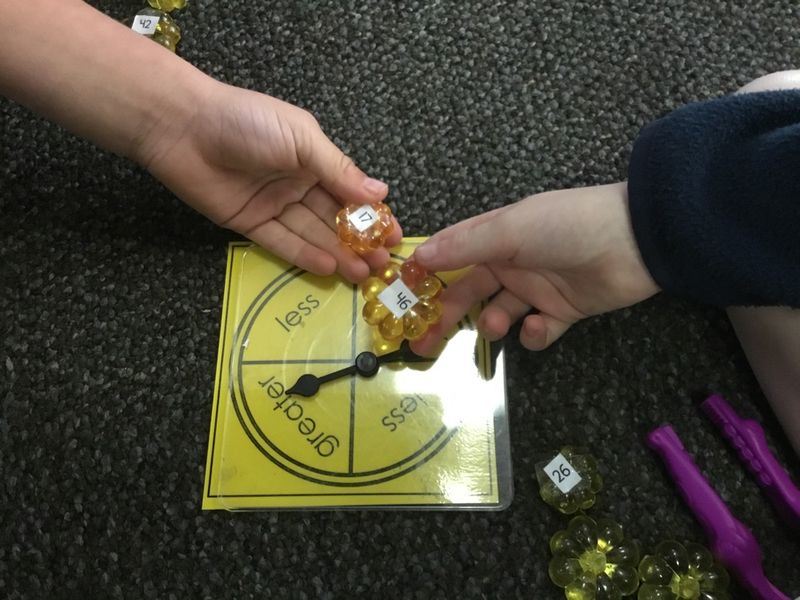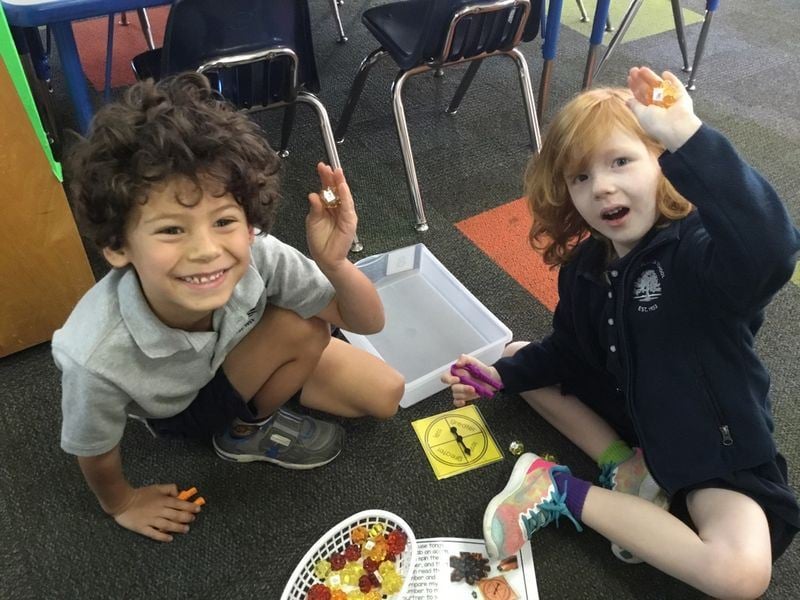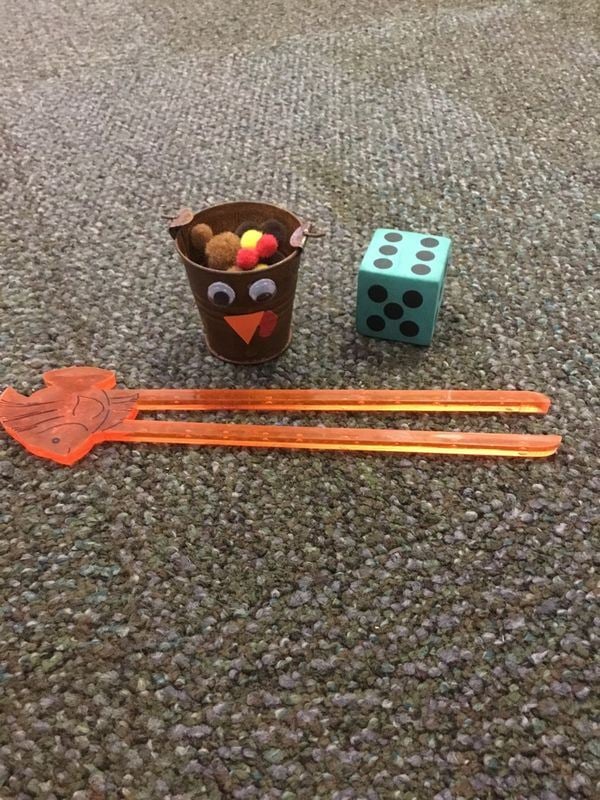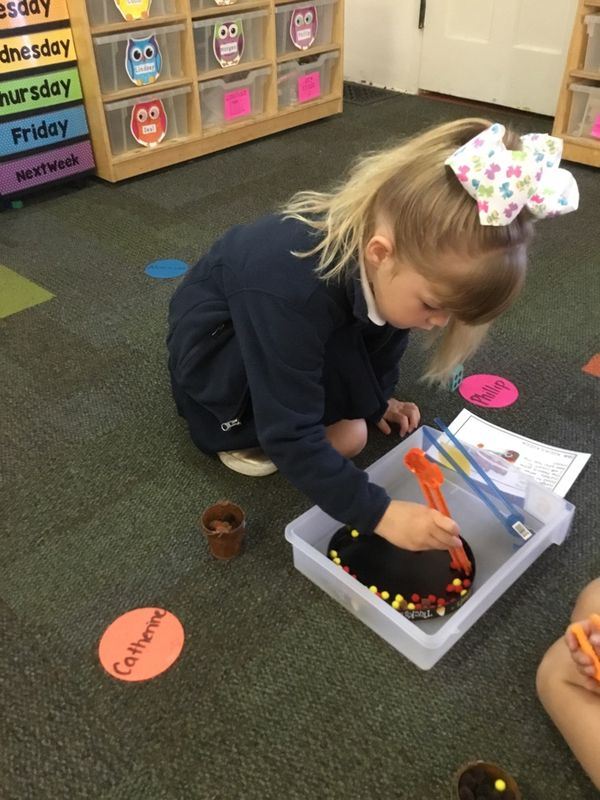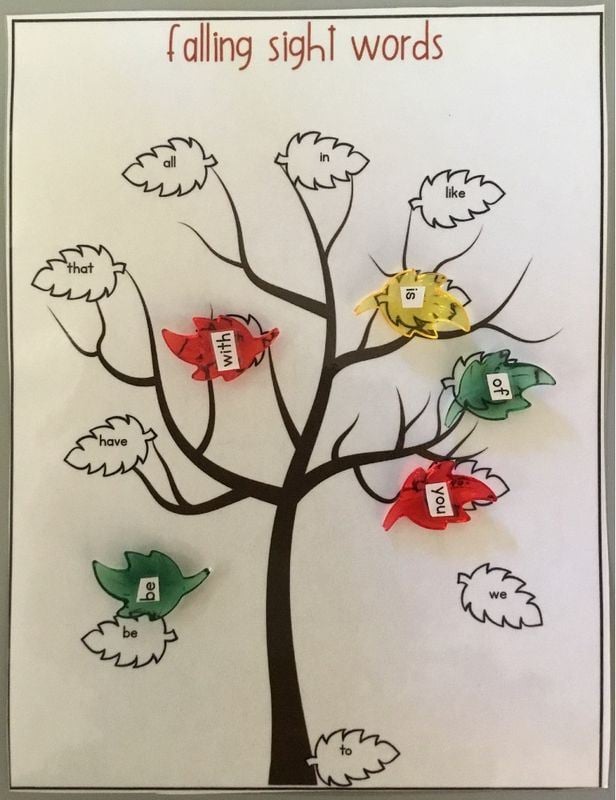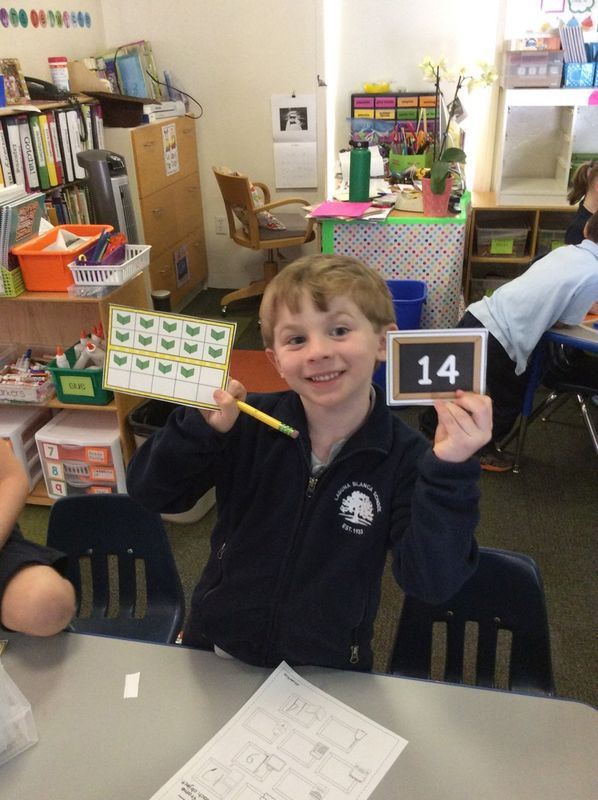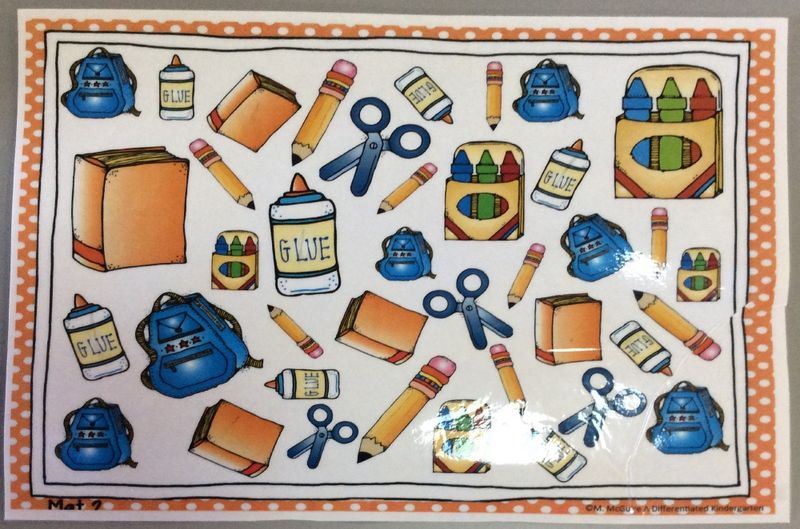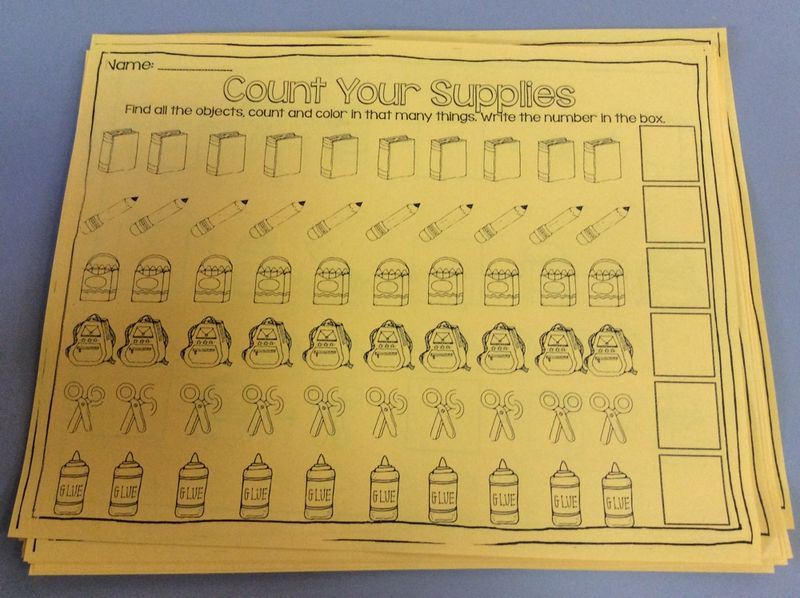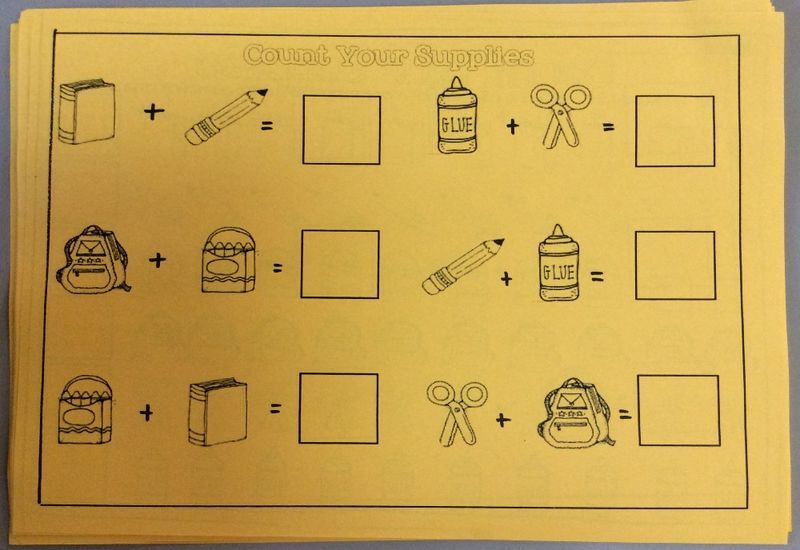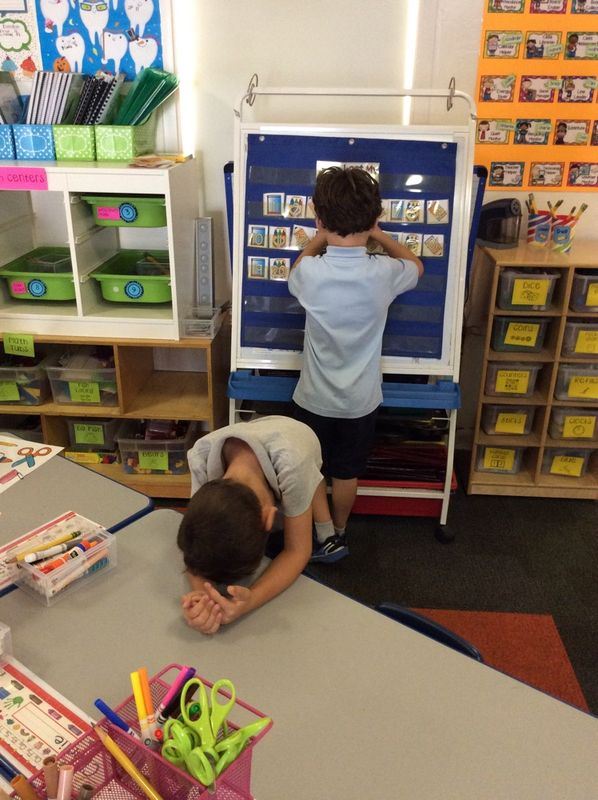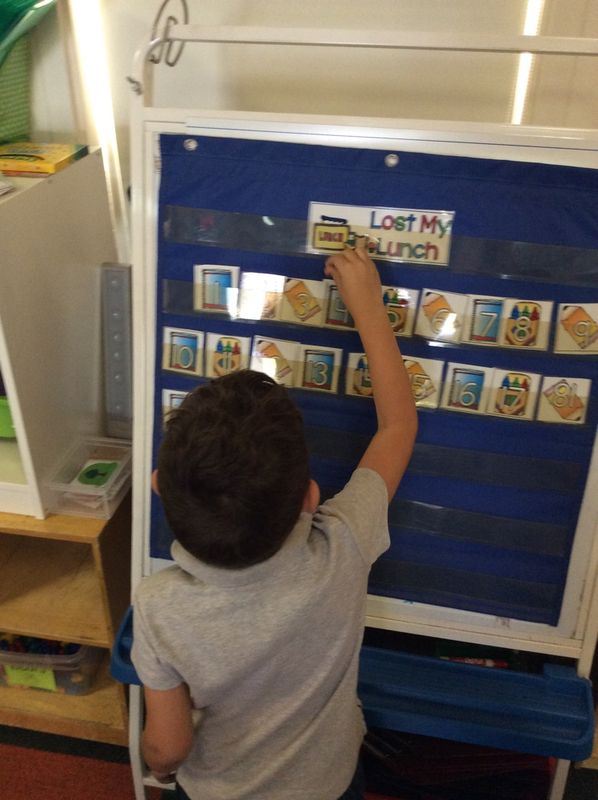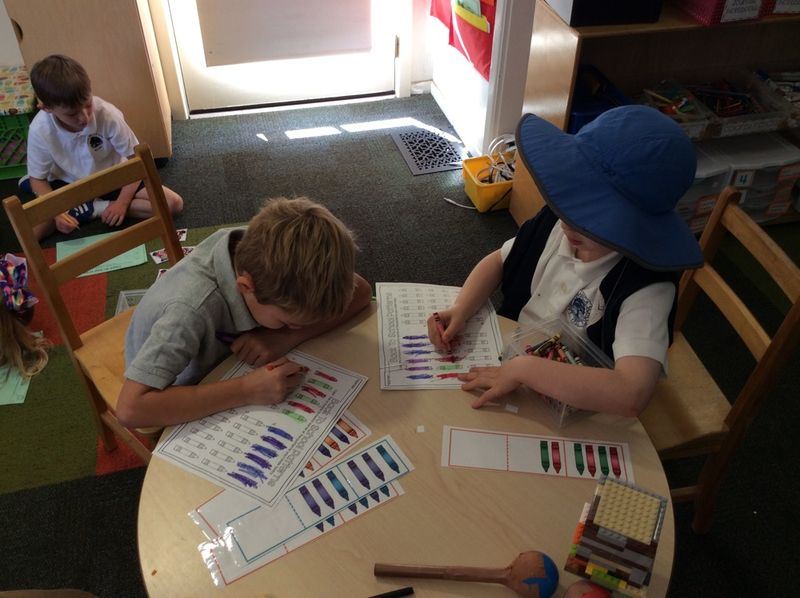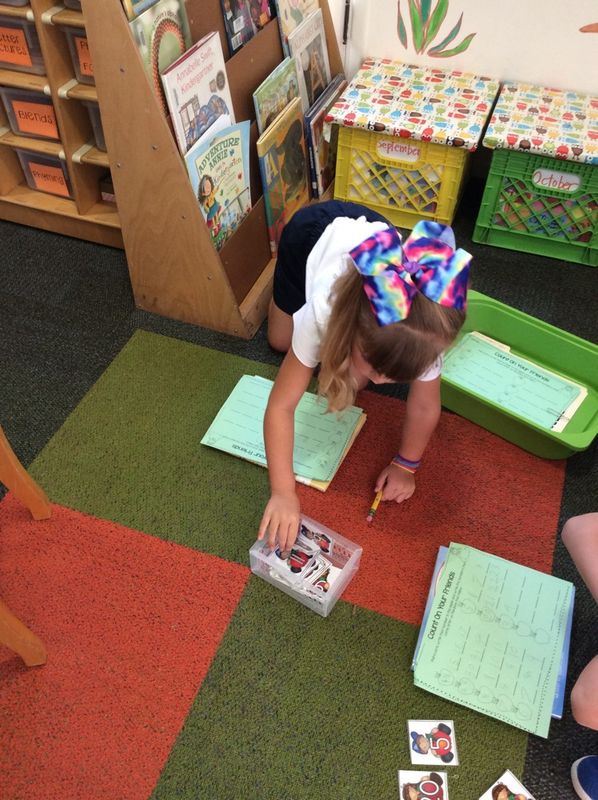Grateful
Thank you, Covid! (I cannot believe I am even saying that!!)
What a year! We have just three days of school left in this strange yet incredibly successful school year. I often find myself reflecting on my teaching practices at this time of the year, making notes of what worked and what needs changing. This year is no different, however, I find myself energized and grateful for what I learned and accomplished this year. Yes, Covid made teaching tough. But many of the changes I made to circumvent the restrictions and protocols are ones that I will continue to utilize in years to come. Covid has made me a better teacher, and it certainly made me more grateful for little things that I never have noticed before.
Rewinding back to September, we usually have an all-school orientation meeting the Tuesday before school begins. This year we opted to have each student select a 20-minute time slot to come for an individual teacher meet and greet. What an amazing day this was! To be able to connect with each student in a one-on-one environment set the tone for success. I was able to show each student their supplies, their desk, the bathroom, the handwashing protocols, and more.
I also did a quick reading assessment so that I had a baseline for who was blending sounds together and who was learning the alphabet. Each student had a chance to ask me questions, tour our learning space, and soak it all in without anyone else around!
Going over classroom expectations meant that students had to do a lot less listening to me yap the next day. Golden! This orientation day was so meaningful to me that I already have begged to do it again next year, even though it means potentially six hours of orientation instead of just one. The extra time spent on my part was worth it because of the connections I made with my new students.
Another Covid thank you is the individual book bins I started. In the past, I had a class library filled with thematic books. There was also a section that housed “just right” books for the students. (These are books that are at students’ reading level.) Well, Covid protocols prohibited the sharing of materials. I racked my brain to come up with a solution. How could I get all the important books into the hands of my kinders without having to sanitize in between each reading? The lightbulb moment was individual book bins!
I fill each student’s bin with several books that relate to our current unit of study. Then I fill them with books that are at or near their reading level. Any time a student finishes early, they are welcome to grab their book bins. They LOVE this! I rotate the books every Friday so that students always have something new to read. I will definitely continue this practice next school year.
Another activity that I will continue is the use of QR codes for my Listening Workstation. I have amassed a huge collection of books on CD. Again, when I found out we couldn’t share materials, I knew there was no way I could use my listening center the way that I always had. I started thinking about how to implement a daily listening activity that required little to no sanitizing and remembered a training I had attended about QR codes. I tried it out myself and was thrilled to see how easy it was to use, especially with a newer iPad. Use the camera function, scan the QR code, click on Safari and push play! Kindergartners could do this, no problem! I asked our Tech Department for a class set of headphones, which I promptly numbered so each student had their own. Then I prepared all the QR codes according to the themes I teach. I made each student a personal QR code binder ring where they would store their QR codes.
With more than 150 different QR read-aloud codes, I sent home a full binder ring after Winter Break. Students will bring home their second set tomorrow. Parents, if you need some downtime this summer, give your kids their iPads and their QR code ring, and they can listen and read along dozens and dozens of books, all uploaded to a safe sharing website, so no YouTube ads!
So much of my kindergarten program revolves around hands-on activities that focus on language arts and math but that also have a fine motor development component. It was important to me that I figured out a way to continue to be able to make these activities a part of our daily learning. Fortunately, I found these pencil boxes on Amazon that are great quality, easy for the children to open, and not super expensive.
I must have ordered fifteen or more sets of these boxes! (Thank you, Laguna!) These boxes made it easy for me to prep the activities ahead of time and keep the supplies organized. Everything needed to complete the activity, from tongs to dice to dry erase markers, fits into the pencil box. Plus, I have stored each monthly set in a large crate, so the activities are already prepped and ready for next year!
Students loved using the fun tools and manipulatives daily to solidify skills and strengthen their fine motor muscles!
We continued with Literacy Workstations, but since we needed to be six or three feet apart, I decided to move half the workstations outside with my assistant. What I noticed immediately was that the classroom was much quieter, with only half the students inside. This meant the children were very focused during their Literacy Workstation rotation with me. More focus meant more reading! Plus, I strategically arranged for the four rotations to have a group inside for one, and then outside for the next, and so on. This gave the students ample opportunities to move and get their wiggles out in between each rotation. This is another Covid tweak that I will continue to use next year.
A final Covid gift was the technology that our Tech Department gifted me. This included a Madonna-inspired microphone headset that I received the second month of school from our Tech Department. My voice was gone, my throat was aching from how loudly I had to speak so that students could hear me over the mandated fans and air purifiers, the open doors (which let in the neighbors’ construction noise!), and the spread-out desks. Tech Department to the rescue! With the gift of the headset, I was able to set the wireless speaker up in the back part of the classroom. I could be anywhere in our learning space and everyone could hear me! Then, as I was walking laps around the classroom showing the illustrations while reading a picture book aloud, the Tech Department suggested I try a document camera. AMAZING! I could project anything onto the SmartBoard with the document camera. This meant that students in the back row could see just as well as those in the front! Another problem solved.
I am very proud of all we accomplished this year. Our program was not compromised. Students still engaged in all the meaningful and educational activities like in years past. I am grateful that from these challenging times, we found positive alternatives to make learning fun. I do look forward to the day when I can see my students’ smiles and welcome them to play cooperative games with each other or help a friend pick up something that has fallen, but wow….we did it. We did it together with positive attitudes, trust, and kindness. Thank you, parents, for your care, calmness, and trust in me. Thank you, Laguna, for the ability to purchase whatever my classroom needed to make learning successful this year. And thank you colleagues for your unwavering support, love, and laughter during this challenging year. WE DID IT!!
